
People in Gaza now face the worst-case hunger scenario
Within a few weeks of marking the first anniversary of the Hamas-Israel war, the worst possible food security scenario is playing out in Gaza.
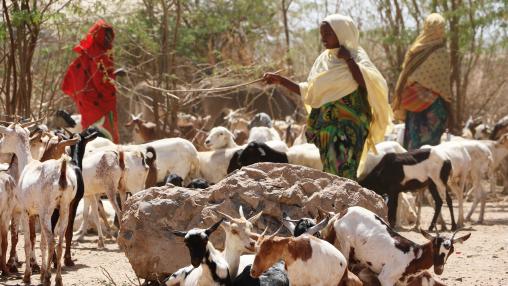
Catastrophe-Level Food Insecurity Highest Ever Recorded: GRFC Mid-Year Update Released
According to the Global Report on Food Crises (GRFC) Mid-Year Update, the number of people facing or expected to face IPC Phase 5 (Catastrophe/Famine) food insecurity more than doubled from 2023 to 2024: from just over 700,000 people to 1.9 million people in four countries/territories. This is the highest number ever recorded by GRFC reporting.
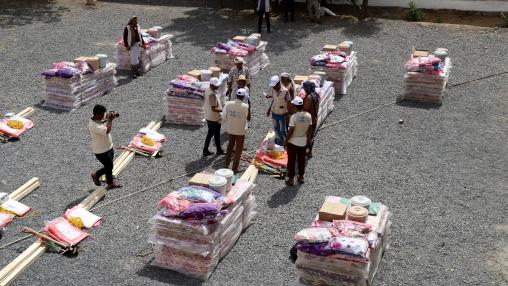
IPC reports escalating food crisis in Yemen
According to the Integrated Food Security Phase Classification (IPC) Technical Working Group in Yemen, Governement of Yemen (GoY)-controlled areas of the country have seen a significant and rapid increase in acute malnutrition. By the end of this year, over 118,000 people are expected to be experiencing severe acute malnutrition. This represents an increase of 34 percent from 2023, according to the IPC.
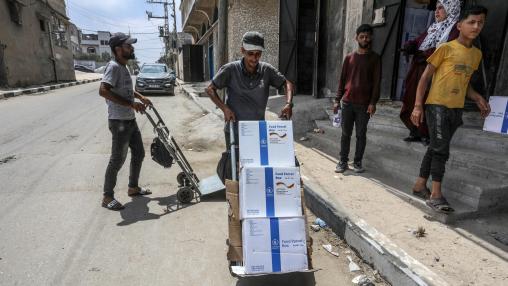
Risk of famine remains high in Gaza
Despite some improvements during April and May, the Gaza Strip continues to face catastrophic food insecurity with a high risk of famine, according to the latest assessment of the Famine Review Committee of the Integrated Phase Classification (IPC), released on June 25.
The IPC reports that 96% of Gaza’s population of 2.2 million people face high levels of acute food insecurity (IPC Phase 4) through September, while 22%, over 495,000 people, face catastrophic levels of acute food insecurity (IPC Phase 5).
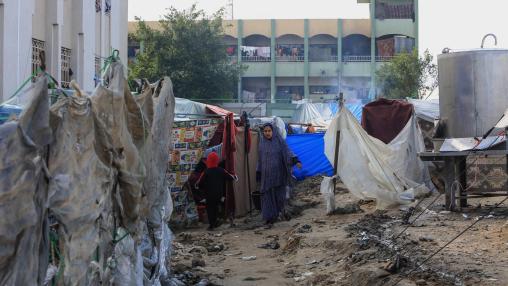
Famine in Gaza: How Research Can Aid Recovery and Prevent Future Food Crises
As Gaza continues to experience unprecedented food crisis, a new commentary published in Nature takes a look at how research can forecast the long-term impacts and help policymakers develop more effective humanitarian support networks and systems to ensure post-conflict resilience.

FEWS Net Gaza Update: Food Aid Increases in April But Food Supplies, Access Remain Low
Despite an increase in food aid delivered to the region, the food security situation in the Gaza Strip remains dire, according to an updated FEWS Net report released in late April.
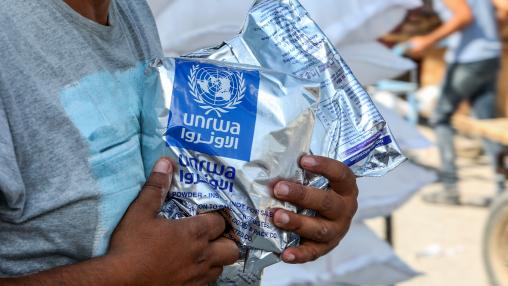
Famine in Gaza
Is it too late to save Gaza’s population from famine? The latest assessment of the Integrated Food Security Phase Classification (IPC) global partnership suggests this is imminent for at least half the population of 2.2 million.
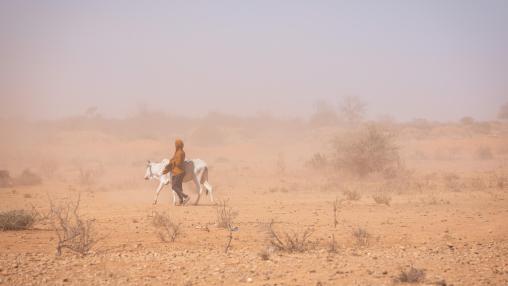
Disaster Events Lead to Trillions of Dollars in Agricultural Losses: New FAO Flagship Report Released
Over the past three decades, the world lost as much as $3.8 trillion in agricultural products as a result of disaster events, according to a new flagship report from the UN Food and Agriculture Organization. That equates to a loss of around 5 percent of global agricultural GDP per year and has serious implications for food security, agricultural livelihoods, and the sustainability of the global agrifood system.
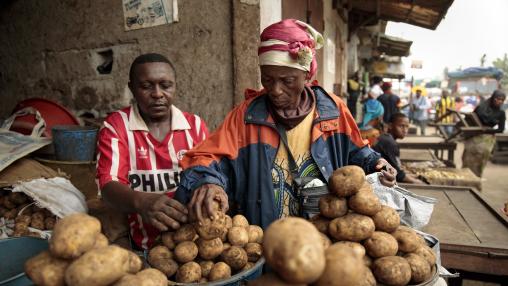
Urbanization Poses Challenge, Opportunity for Food Security
An estimated 122 million more people around the world faced hunger in 2022 than in 2019, according to the 2023 State of Food Security and Nutrition in the World (SOFI) report, released in December. While progress in reducing hunger was made in Asia and Latin America between 2021 and 2022, hunger continued to rise in Africa, as well as in Western Asia and the Caribbean.
If these trends continue, the report’s authoring organizations[1] warn, the world will not be able to achieve the Sustainable Development Goal of ending hunger by 2030.
Global and Regional Trends
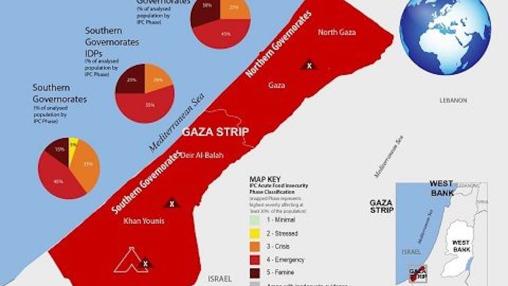
The population of Gaza is on the brink of famine
The food insecurity situation in the Gaza Strip is becoming increasingly dire. A recent blog of just 10 days ago and based on an assessment by the World Food Programme pointed out that during October and November, 80 percent of the population in Gaza was displaced and more than 80 percent suffered food deficiencies.